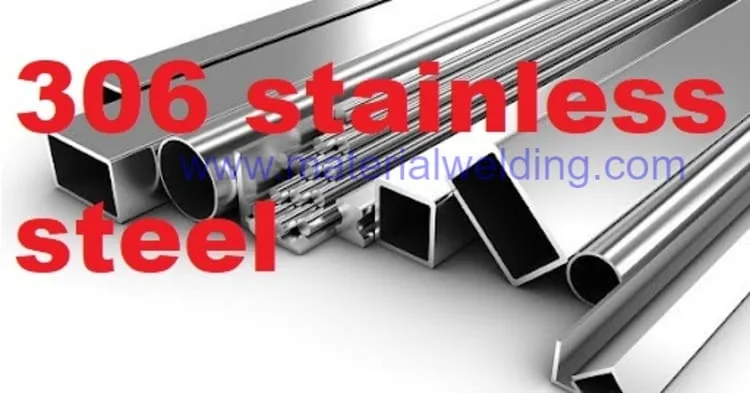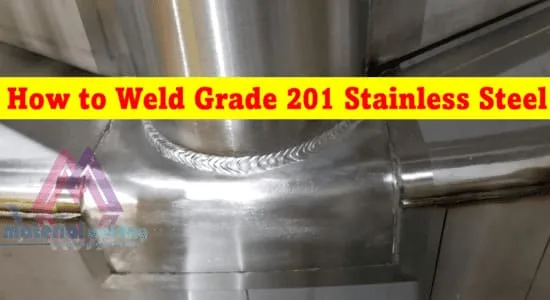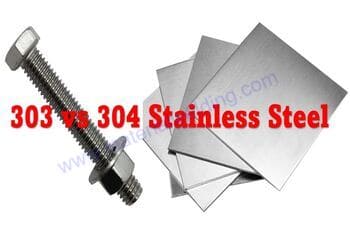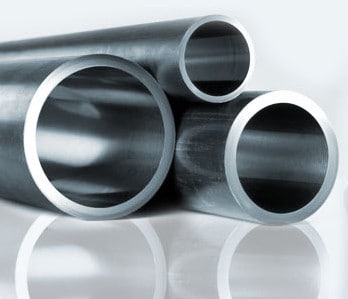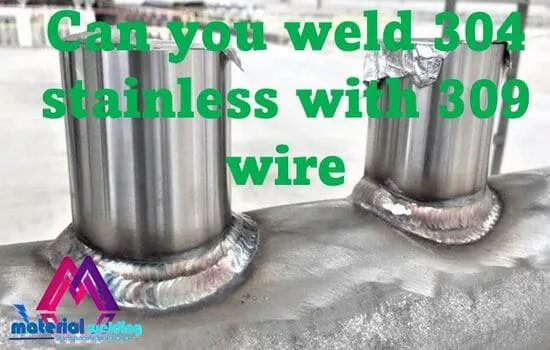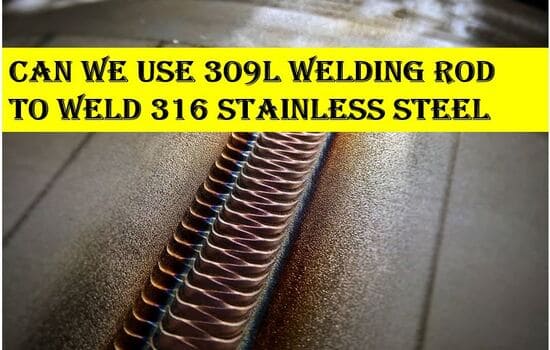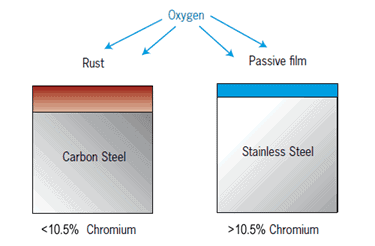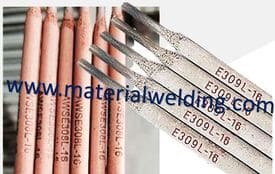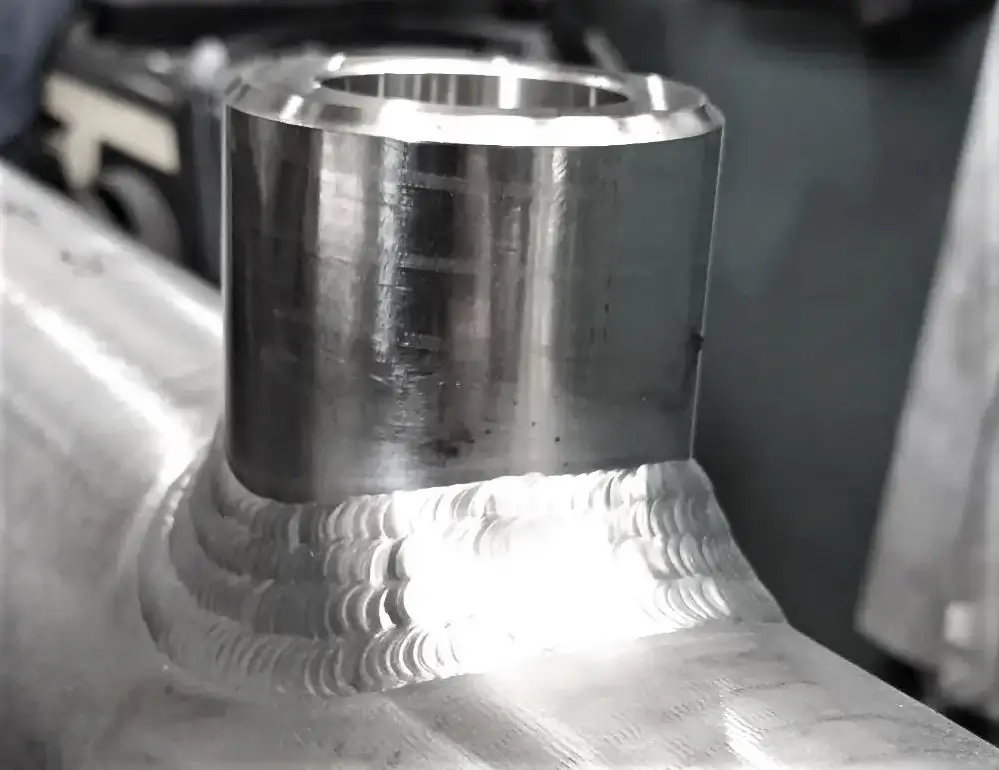This article covers complete guidelines for welding 430 stainless steel or also called EN1.4016 steel.
AISI 430 stainless steel or 1.4016 steel is chromium-containing ferritic stainless steel. It has good corrosion resistance and formability, but poorer weldability compared to other stainless steels.
430 stainless steel is non-hardenable steel due to its low carbon content and high chromium compared to martensitic stainless steel.
430 stainless steel is typically used in decorative or low-corrosion applications. Its bright Surface finish is achieved by cold rolling, bright annealing or polishing.
Check out my article on 430 Stainless Steel to find out detailed Chemical, mechanical, and differences compared to other stainless steels.
Welding 430 stainless steel can be challenging because of its high thermal conductivity and carbon content. To avoid cracking and ensure a strong weld, it is important to use the correct welding techniques and procedures.
430 Stainless Steel Chemical compositions
AISI 4130 Stainless Steel P Number is ‘7’ and Group Number is ‘2‘ as per ASME Section IX. The detailed chemical composition of AISI 430 stainless steel is given in the below table for reference.
| Element | Weight % |
|---|---|
| Carbon | 0.12 max. |
| Manganese | 1.0 max. |
| Silicon | 1.0 max. |
| Chromium | 16.0- 18.0 max. |
| Nickel | 0.75 max. |
| Phosphorus | 0.040 max. |
| Sulfur | 0.030 max. |
Below are the mechanical properties of AISI 430 stainless steel.
| Property | Valve |
|---|---|
| Yield Strength, Ksi (MPa) | 65 (450) |
| Tensile Strength, Ksi (MPa) | 30 (205) |
| Elongation % | 22 minimum |
| Hardness Brinell (HRBW) | 183 (89) |
AISI 430 Steel Weldability
AISI 430 steel is a commonly used ferritic stainless steel. Its weldability is good, but it is sometimes difficult to achieve satisfactory results. In order to weld AISI 430 steel properly, it is important to choose the right welding process and use the correct parameters.
The main weldability issues when welding AISI 430 or EN1.4016 stainless steel are:
- Risk of martensite formation,
- Risk of grain growth,
- Reduction in weld & HAZ Ductility,
- Reduction in toughness,
- Risk of hot-cracking.
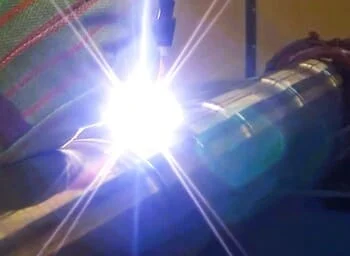
AISI 430 Stainless Steel Welding Rod
AISI 430 Stainless Steel Welding Rod is ER430 as per AWS A5.9 specification. F-Number for ER430 is ‘6’. ISO 14343-A equivalent 430 stainless steel (1.4016) welding wire classification is G17.
ER430 welding wire is low carbon and high chromium (15.5-17.0) TIG-MIG filler wire rod. The risk of martensite formation in the weld is low due to low carbon content.
Stick Welding or SMAW welding of 430 stainless steel is carried out using an E430-15/16 (AWS A5.4 classification) welding rod.
Flux cored arc welding (FCAW) rod for AISI 430 stainless steel is E430T0-3 (AWS A5.22). Metal-cored arc welding of 430 stainless steel is carried out using EC430 core wire. Welding preheating and post-heating is usually mandatory when welding using EC430 welding wire.
TIG Welding AISI 430 Stainless Steel
TIG Welding AISI 430 Stainless Steel is carried out using ER430 TIG filler wire (As per AWS A5.9 specification). ER430 is a low-carbon high chromium (approx 16%) wire.
The wire composition ensures sufficient weld metal corrosion resistance for welding 430 stainless steel and good ductility after heat treatment. Apply the recommended preheat and interpass temperature during welding as given in this post when welding.
MIG Welding AISI 430 Stainless Steel
MIG Welding AISI 430 Stainless Steel is carried out using ER430 TIG filler wire (As per AWS A5.9 specification). ER430 is a low-carbon high chromium (approx 16%) wire.
The wire composition ensures sufficient weld metal corrosion resistance for welding 430 stainless steel and good ductility after heat treatment.
Apply the recommended preheat and interpass temperature during welding as given in this post when welding.
Welding preheating & Interpass for AISI 430 Stainless Steel
Welding preheat, interpass temperature control, and post-heat are generally required for welding 430 stainless steel.
Click here for Free Welding Preheat Calculator Tool.
The reason for mandatory PWHT is to achieve optimal weld metal mechanical properties and corrosion resistance. These properties will be imparted if PWHT is not applied after welding.
For 430 or 1.4016 stainless steel welding, a welding preheat temperature of 300°F (150°C) shall be applied before the start of the welding.
The Interpass temperature shall be controlled to a maximum of 500°F (260°C) to avoid hot cracking or grain growth issues.
AISI 430 (1.4016) stainless steel Heat treatment (PWHT)
AISI 430 (1.4016) stainless steel Heat treatment (PWHT) shall be carried out at a temperature of 730°C to 775°C (1,350°F to 1,425°F).
Holding time shall be kept at a minimum of 1 hour per inch of weld metal thickness and a minimum of 15 minutes for thickness up to 2 inches. For thicknesses over 2 inches, consider a holding time of 2 hours plus 15 inches for every 1-inch thickness addition. (Reference: ASME B31.3)
Read more:
- https://www.researchgate.net/publication/233121765_Avoiding_problems_when_welding_AISI_430_ferritic_stainless_steel
- ER430 Welding Wire
